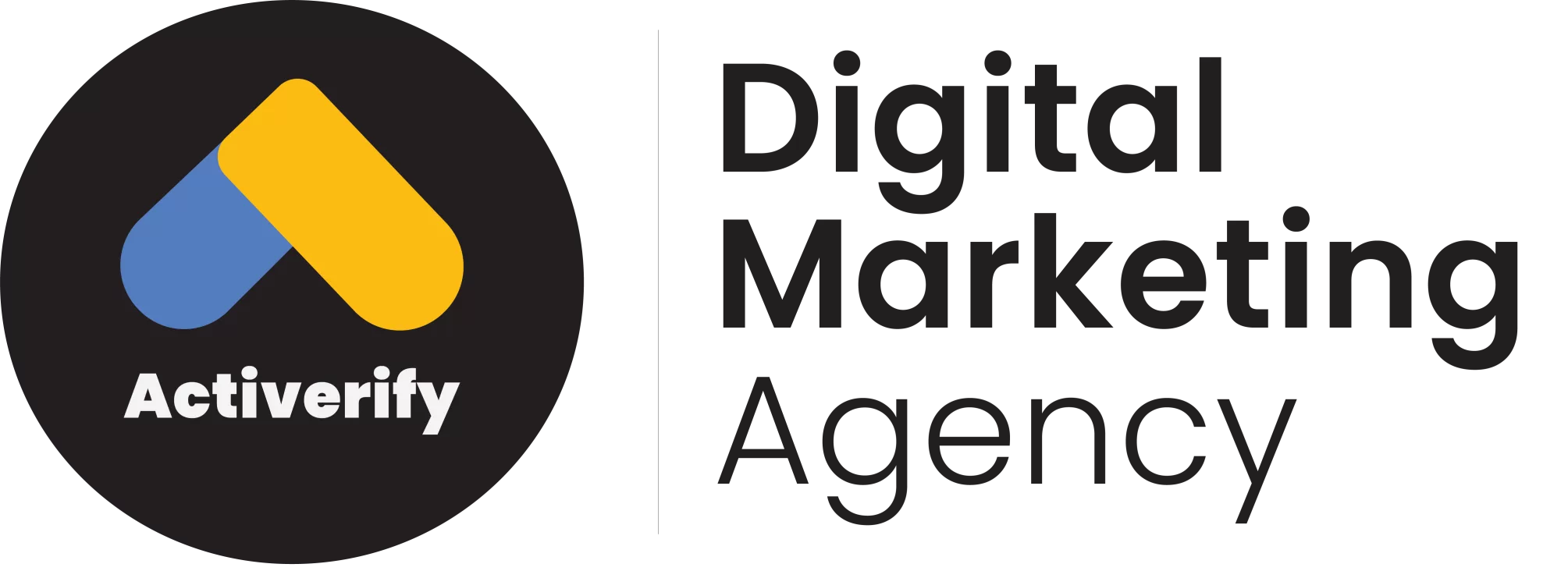The digital marketing scenery is changing rapidly. Just a couple of years ago, entrepreneurs were pouring their heart and soul into Facebook organic. Regrettably, Facebook’s organic reach proceeded to take a nosedive as the efficacy of the platform’s paid advertising technologies became clear.
Then, entrepreneurs flocked to new social media platforms, like Periscope and Snapchat. But these channels quickly were replaced with Facebook Live and Instagram Stories.
These quick shifts illustrate the importance of identifying the right marketing trends to jump on. When you do, you can “ride the wave” as a specific trend grows in recognition. Finding the right digital marketing strategy can lead to more brand awareness, traffic, leads and sales, among other things. In other terms, the reason you do marketing in the first place.
While many marketers might be attracted to emerging technologies such as voice search, advertising on messaging apps and integrating natural language processing, most advertising budgets simply don’t have room to take risks on these unproven electronic channels.
Listed below are five growing tendencies in the digital marketing and advertising space that you could start using at this time.
1. Email marketing
E-mail marketing is decidedly not really a new marketing tool. In fact, it’s among the original methods that businesses used to reach customers online and stay in touch with them.
However, email became uncool during the advent of social media marketing. Marketers wondered, “Why email people, when you can get in front side of them where they already hang out — on Twitter and Facebook?”
In fact, many online marketers thought that email marketing would be “dead” in credited time.
Fortunately, email marketing never fell entirely out of fashion. In fact, email marketing is making a giant comeback, especially with the proliferation of email marketing automation.
Two microtrends illustrate email’s surprising return to favor.
First, there are several email service providers constantly entering the market. One of the most successful of these emerging players in the ESP space is ConvertKit.
This relatively new ESP has quickly grown to over $1.8M in monthly revenue, according to revenue analytics company Baremetrics.
Second, there’s a large amount of growth in the paid newsletter space. This is evidenced by the rapid growth of Substack, a platform for folks that run paid newsletters.
As it turns out, people want newsletters from people who curate the best content from pop culture, business, online marketing and fitness. And based on Substack’s rising user base, they’re willing to pay for it.
2. Influencer marketing goes niche
In accordance with a survey conducted simply by Sociable Publi, 93% of online marketers already use influencer marketing. That’s mostly because influencer marketing can often bring in a higher ROI than search engine optimization (SEO), content marketing or PPC (pay-per-click) advertising.
However, as more businesses jump into influencer marketing, costs are rising. This market saturation puts a significant dent in influencer marketing’s formerly unmatched ROI.
Increasingly, brands are ignoring the Kylie Jenners of the world. Instead, they’re looking for “microinfluencers.” Microinfluencers are individuals on Facebook, Instagram, Twitter, Snapchat and TikTok who have a relatively small following.
The advantage of microinfluencers is that their followers are usually highly engaged. Plus, the users who follow microinfluencers are usually made up of more specific demographics, compared with someone with 20 million fans. Marketers love this specificity as it makes reaching target audiences much easier.
But most importantly, microinfluencers generally charge much less than influencers with millions of followers, so that’s why manufacturers of all sizes are beginning to seek them out.
3. Chatbot is growing
The results are in: chatbots aren’t a fad.
Actually, one study discovered that about half of most websites now use with a chatbot, and the quantity is growing week by week.
While customers would rather connect to humans over chatbots (is it possible to blame them?), there’s small question a chatbot is exceptional when it comes to user knowledge to a “e mail us” form.
MobileMonkey is a firm that exemplifies the long-phrase sustainability of chatbot advertising. Although they concentrate on chatbots for Facebook, it is possible to technically utilize the platform to create chatbots on your own site as well. Like many other businesses in the chatbot space, MobileMonkey has seen sustained growth since launching in 2017.
4. Pay Per Click (PPC) becomes widely automated
Using software to greatly help run PPC campaigns isn’t new at all. In fact, almost as soon as Google Ads came onto the scene, software programs emerged to help marketers optimize their campaigns.
What has changed is the dramatic improvement in machine learning technology over the past few years. This rapid advancement has caused many monotonous PPC-related tasks, such as manual bid optimization, to become a thing of the past.
A big reason for this adoption is that, unlike in years past, the ad platforms themselves now offer in-house automation tools. For example, Google Ads campaigns can now be managed with Smart Bidding, and marketers can use Facebook’s Dynamic Creative to quickly test thousands of ad variations.
5. Video becomes the #1 medium
YouTube reports that users watch 1 billion hrs worth of videos each day. That’s an astounding number, particularly if you remember that YouTube is simply among the many video-supported marketing stations out there.
Instagram, Twitter, Facebook, Pinterest and Reddit all assistance video content, and several are transitioning to be “video first” internet sites.
Marketing experts that learn the abilities behind creating engaging movies (like planning, scripting, light, shooting, editing and images) will have the leg up over the ones that only write text-based blogs.



